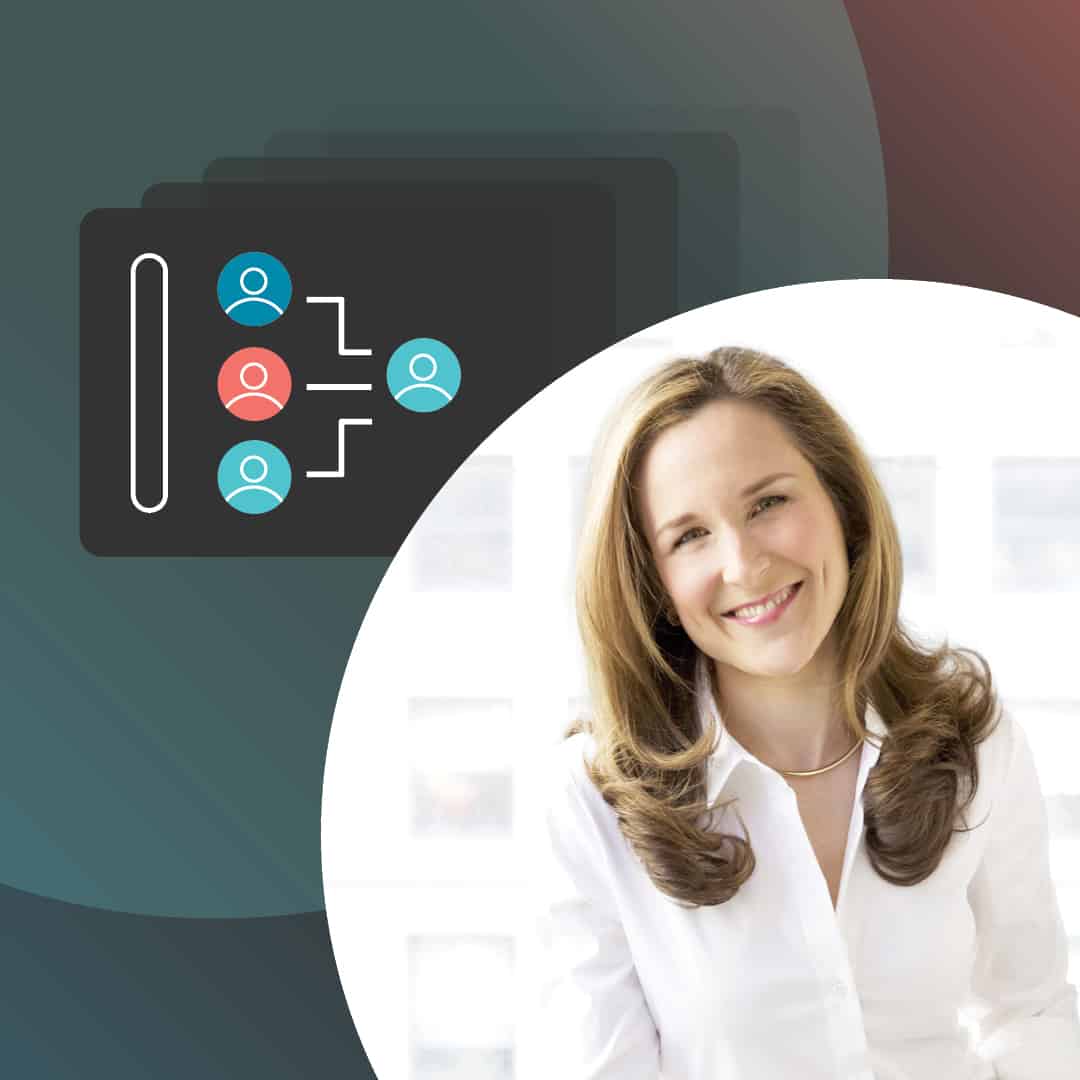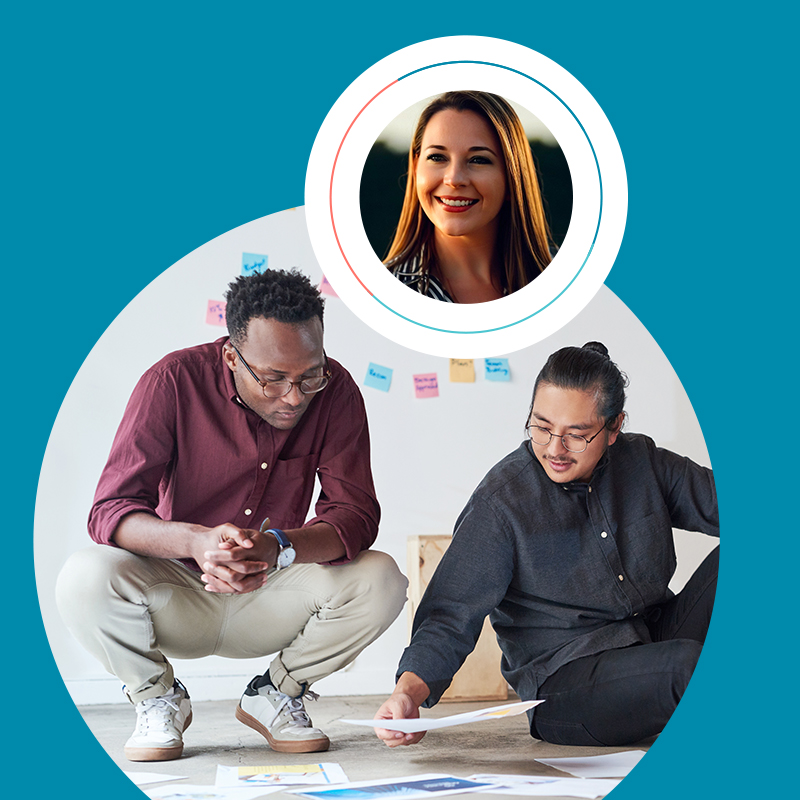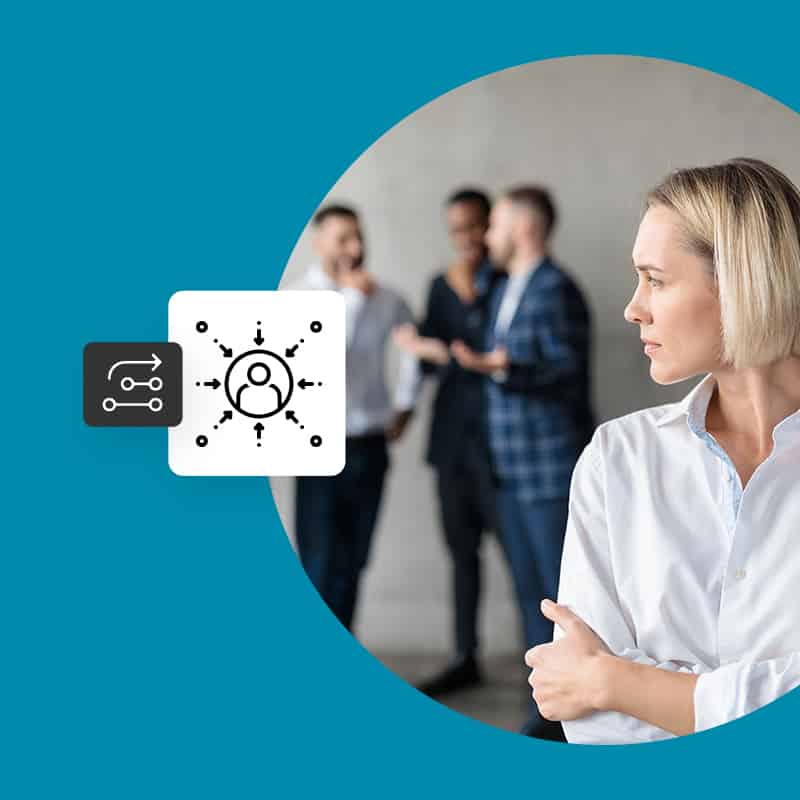People have always been stereotyped based on their generation or the year they were born — and Lindsey Pollak is tired of it. With five generations active in today’s workforce, it’s time to put the bad jokes and generalizations aside and embrace the benefits of generational difference.
“We need to see this generational change as an element of diversity — not as a problem to solve, but as an opportunity to optimize,” Lindsey says. She’s an expert on generational diversity and the author of “The Remix: How to Lead and Succeed in the Multigenerational Workplace.”
We invited Lindsey to share her research and insights into managing the multigenerational workforce in our ongoing People Fundamentals webinar series. Here are highlights from the conversation. You can also listen to the podcast version below.
Subscribe wherever you listen to podcasts: Apple Podcasts | Spotify | YouTube
There’s more to age than when you were born
People focus on the birth years of each generation, but no generation is a monolith, even if you can make inferences. “Generations are never a guarantee of behavior,” Lindsey said, “but they’re a clue that can help us understand people’s shared experiences and likely expectations.”
The factor to look at is the year you entered the workforce rather than your birth year. Because Lindsey’s career took off in the 1990s, she was most influenced by the rise of email and Silicon Valley technology, which dominated the discourse around work at the time. Meanwhile, many Generation Z members entered the workforce during the pandemic.
“I think if you started working in the midst of the pandemic, that’s going to be incredibly influential to how you see the world,” Lindsey said. “So it’s not just about age: it’s about when you started working. What technology was on your desk? What was the gender breakdown in your industry? What was the economy looking like at that time?”
Generational experiences and expectations are powerful sources of learning. As a professional, it’s helpful to know whether the people in your sphere of influence skew more toward one generation over another. This is especially important with Lindsey’s research showing roughly equal proportions of boomers, Gen X, millennials, and Gen Z in today’s workforce.
No right or wrong — only different
Generational differences are just one of many facets of diversity that make up our complex identities. We can take a cue from how we handle cultural differences to inform our attitudes toward age diversity.
Think of different generational expectations like they’re another country’s culture, Lindsey suggests. “If we go to another country to do business, we understand that there are going to be some differences that we need to be aware of and adapt to,” she said “and I think that’s a healthy way to think about generational interactions.”
There are no right or wrong answers — only different ones. And that presents non-stop learning opportunities.
“I might think it’s common sense to call someone to introduce myself, whereas a Gen Z might think that dropping into my DMs on Instagram is a better way to say hello,” Lindsey said. “Neither one is better or worse, good or bad; it’s just a different perception of what the norm might be.”
Related reading: Employers: Are You Ready for Generation Z?
Lean into the remix
Lindsey uses the metaphor of a remix to describe how to blend each generation’s norms into something that works for everyone. One DJ told Lindsey that she likes to play remixes at events because attendees of different ages can identify with some aspect of the song. Likewise, you can create a remix to find the optimal workplace norms across generations.
There are common areas where generational friction occurs, such as communication habits. Your team will benefit from expectation-setting around communication, such as defining which channels to use in specific situations. Be clear with directions, deadlines, and expectations, and provide examples that demonstrate what you want.
We also tend to make assumptions about people’s careers without asking them. “We might assume, for example, that most people want to go straight up the career ladder whereas they might prefer … changing careers completely,” Lindsey said. “And instead of asking, we assume that a young person wants to rise up.”
Clarifying what individuals want from work can prevent incorrect assumptions based on age. Instead of assuming, hold “stay conversations” with top performers.
“With people from every generation, open up the conversation to have more stay chats rather than exit interviews,” Lindsey said. These conversations help leaders listen and gather employees’ expectations and ideas regardless of their generation.
Ultimately, we need to approach generational differences as a source of strength, not shame. We can learn from everyone’s norms and experiences. We make work better when we recognize the best in each generation and remix it for today’s workplace.
Check out Lindsey’s webinar on demand.
